Column I gives a situation in which two dipoles of dipole moment pˆi and √3pˆj are placed at origin. A circle of radius R with centre at origin is drawn as shown in figure. Column II gives coordinates of certain positions on the circle. Match the statements in Column I with the statements in Column II.
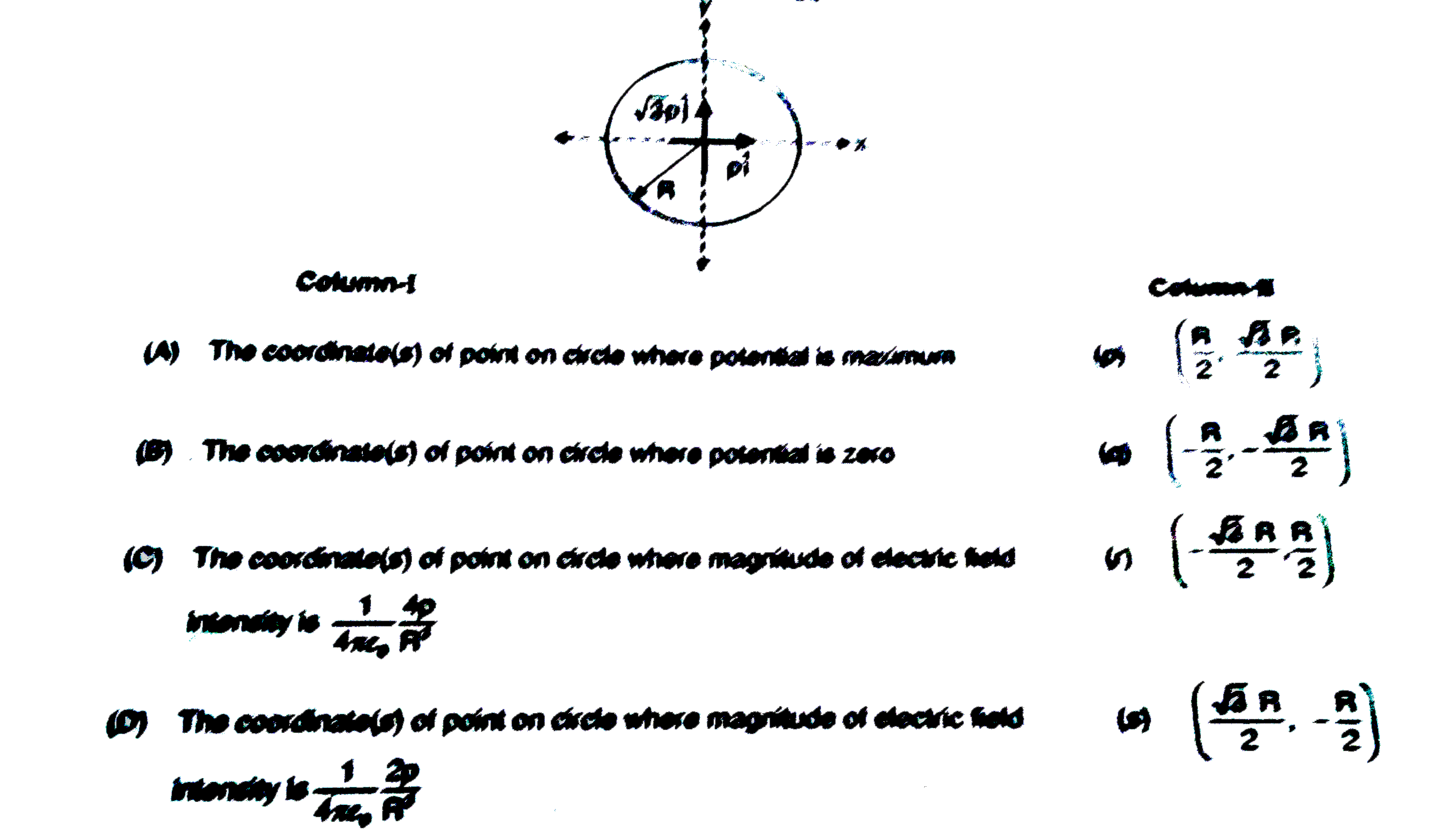
The correct Answer is:(A)-p; (B)-r,s ; (C) - p, q; (D)-r, s
Step by step video & image solution for Column I gives a situation in which two dipoles of dipole moment p hat(i) and sqrt(3)phat(j) are placed at origin. A circle of radius R with centre at origin is drawn as shown in figure. Column II gives coordinates of certain positions on the circle. Match the statements in Column I with the statements in Column II. by Physics experts to help you in doubts & scoring excellent marks in Class 12 exams.
Updated on:21/07/2023Topper's Solved these Questions
- ELECTROSTATICSBOOK - RESONANCE ENGLISHCHAPTER - ELECTROSTATICSEXERCISE - Exercise - 2 Part - I
21 Videos
- ELECTROSTATICSBOOK - RESONANCE ENGLISHCHAPTER - ELECTROSTATICSEXERCISE - Part- II
20 Videos
- ELECTROSTATICSBOOK - RESONANCE ENGLISHCHAPTER - ELECTROSTATICSEXERCISE - Part - II Section (J)
13 Videos
- ELECTROMAGNETIC INDUCTIONBOOK - RESONANCE ENGLISHCHAPTER - ELECTROMAGNETIC INDUCTIONEXERCISE - A.l.P
19 Videos
- EXPERIMENTAL PHYSICSBOOK - RESONANCE ENGLISHCHAPTER - EXPERIMENTAL PHYSICSEXERCISE - PART -II
10 Videos
Similar Questions
Match the statements in Column I with the currnt element in Column II

View SolutionMatch the entries in column II with the statements given in column I.
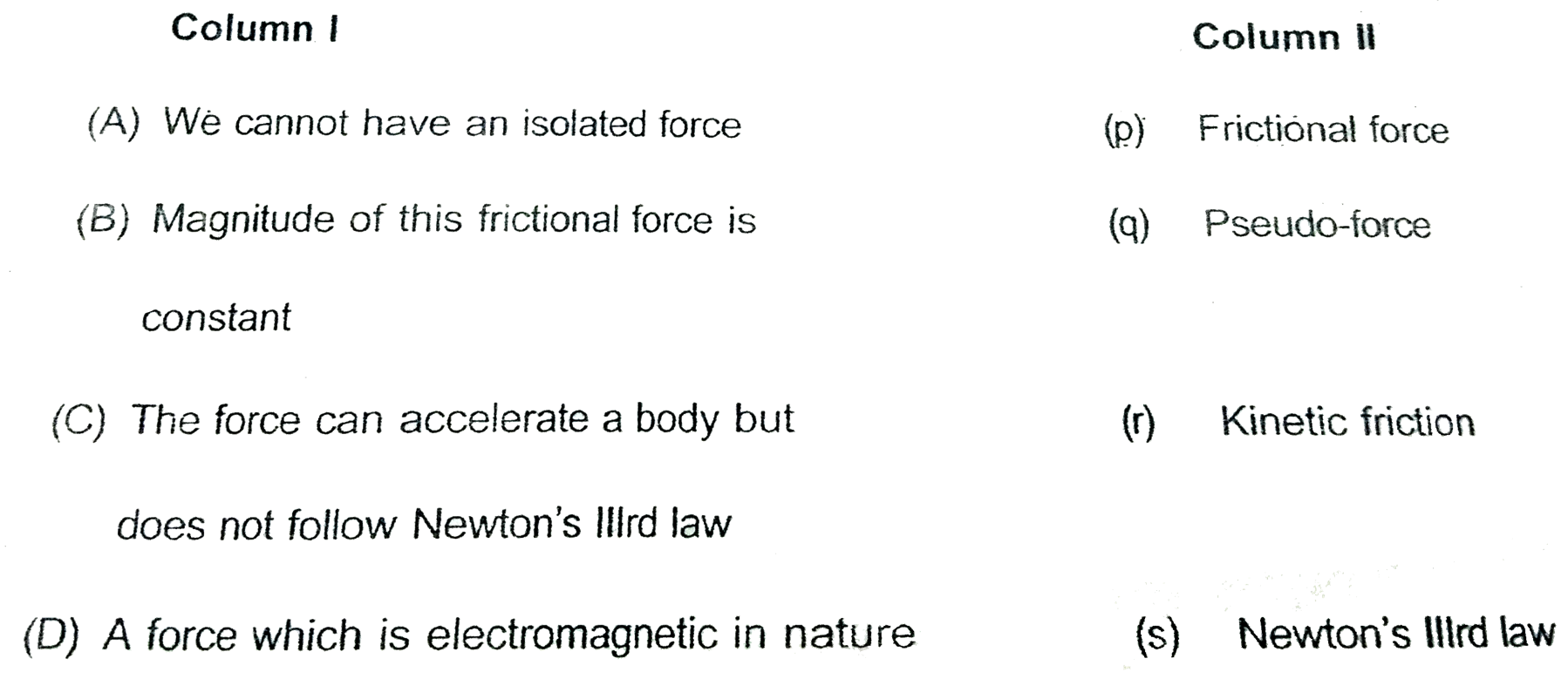
View SolutionMatch the statements in Column I with those in Column II.
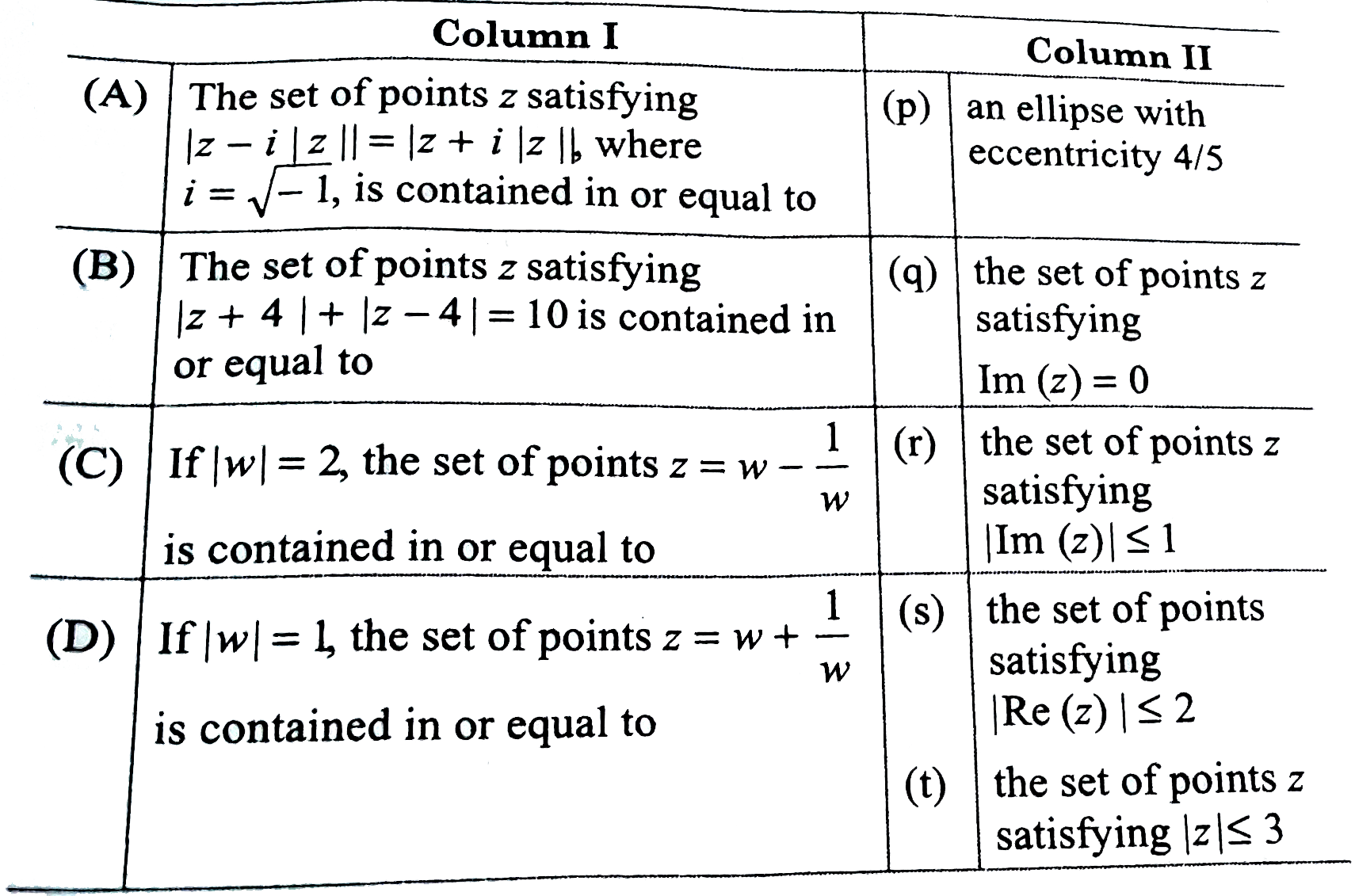
View SolutionMatch the statement of Column I with the values of Column II.
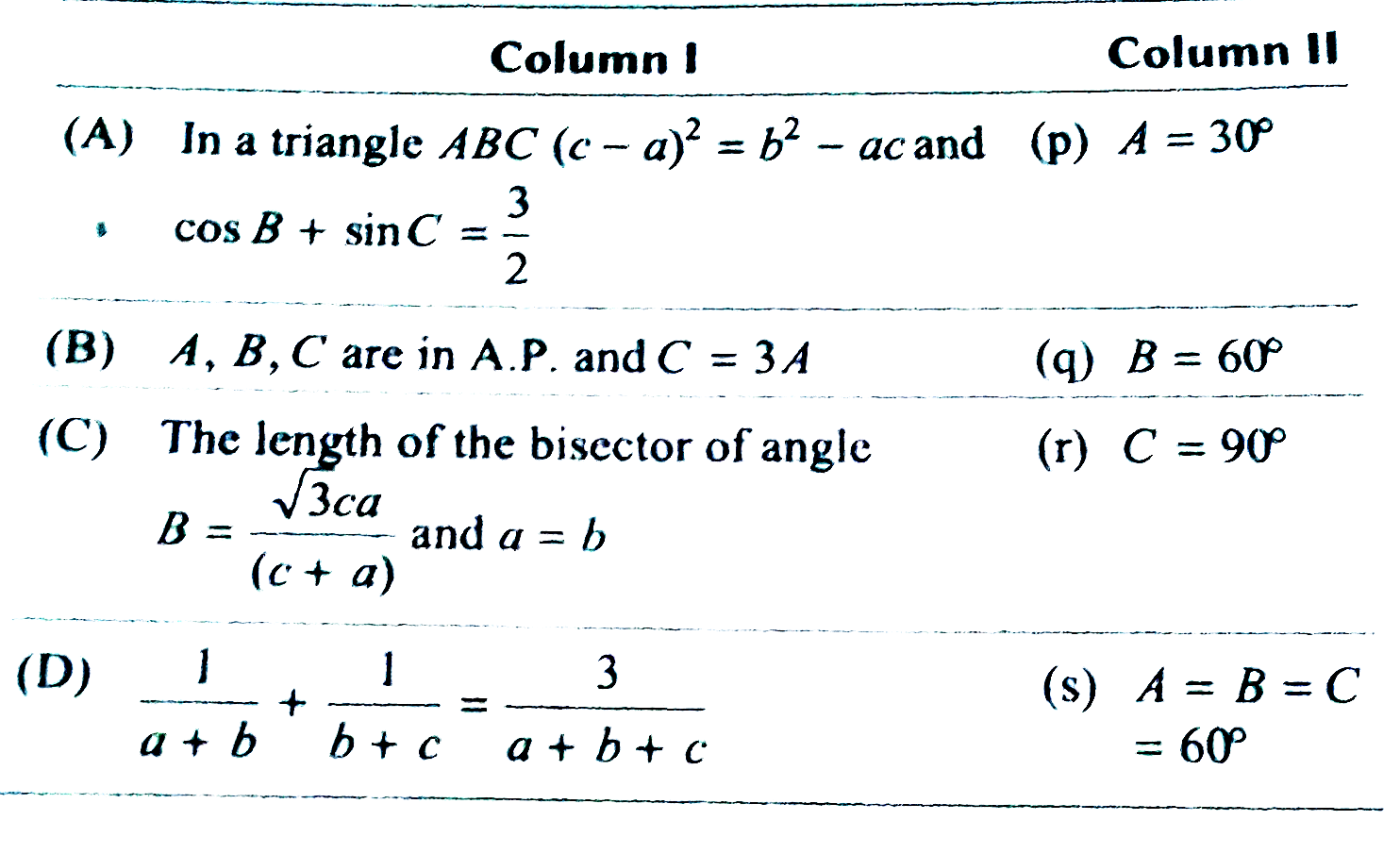
View SolutionMatch the reactions given in Column I with the statements given in Column II

View SolutionMatch the reactions given in Column I with the statements given in Column II

View SolutionMatch the statement in Column I to the approprate statement(s) from Column II.
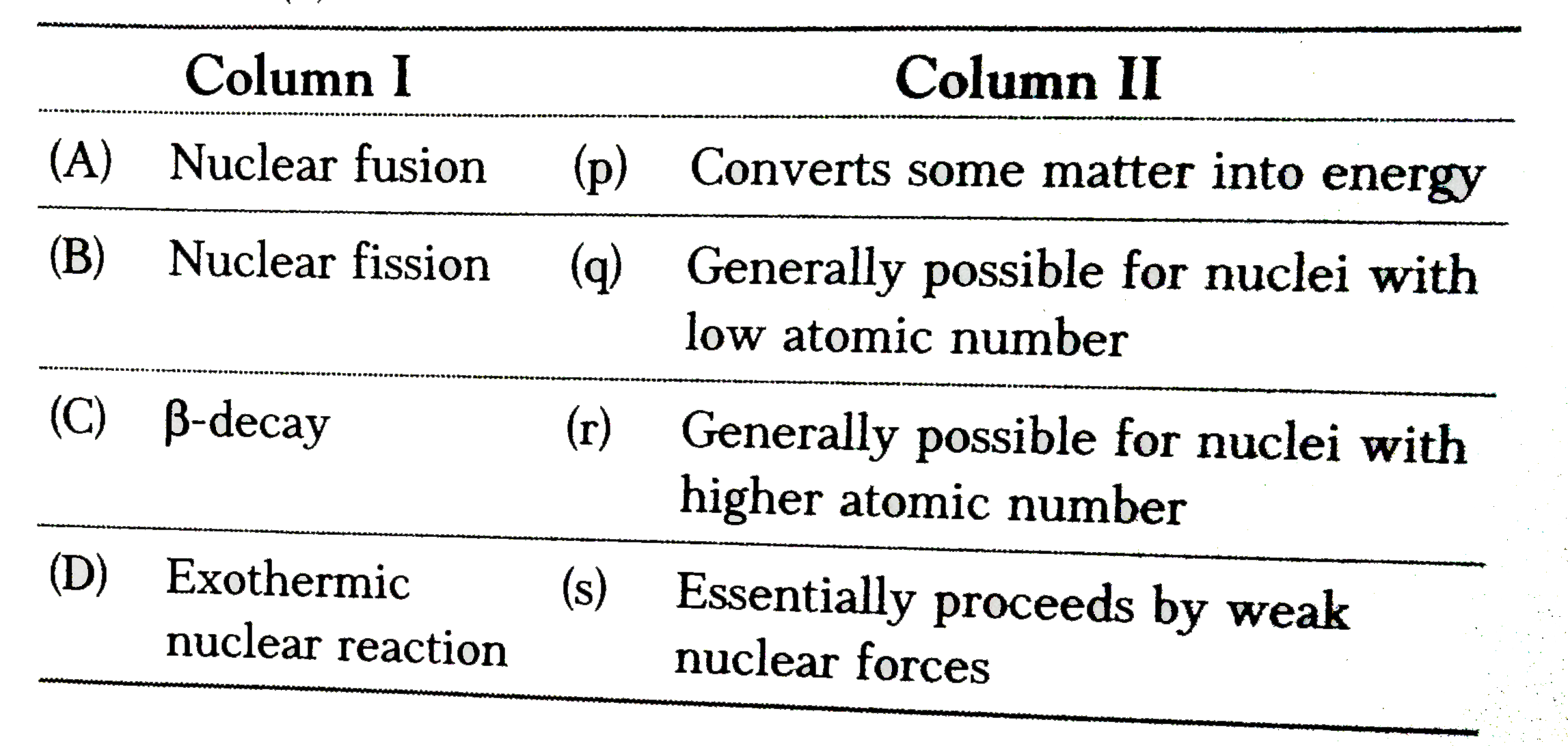
View SolutionMatch the statement given in Column I with the phenomenon given in Column II.
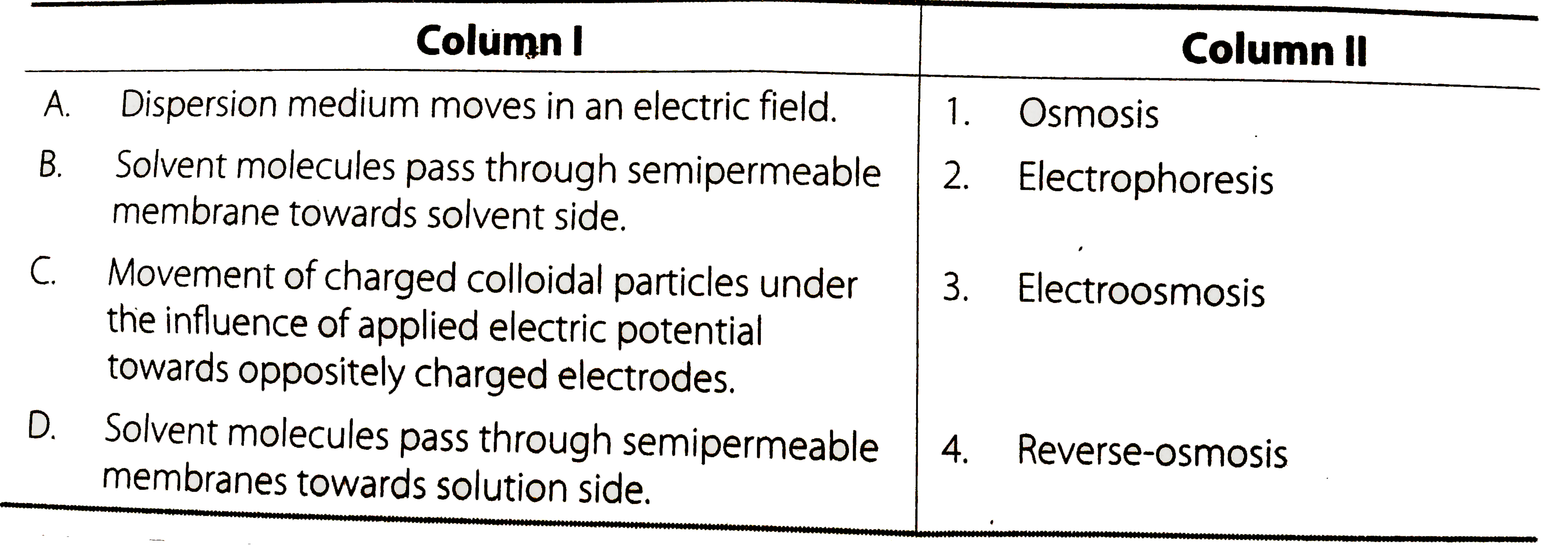
View SolutionMatch the statement in Column I to the appropriate statement(s) from Column II.
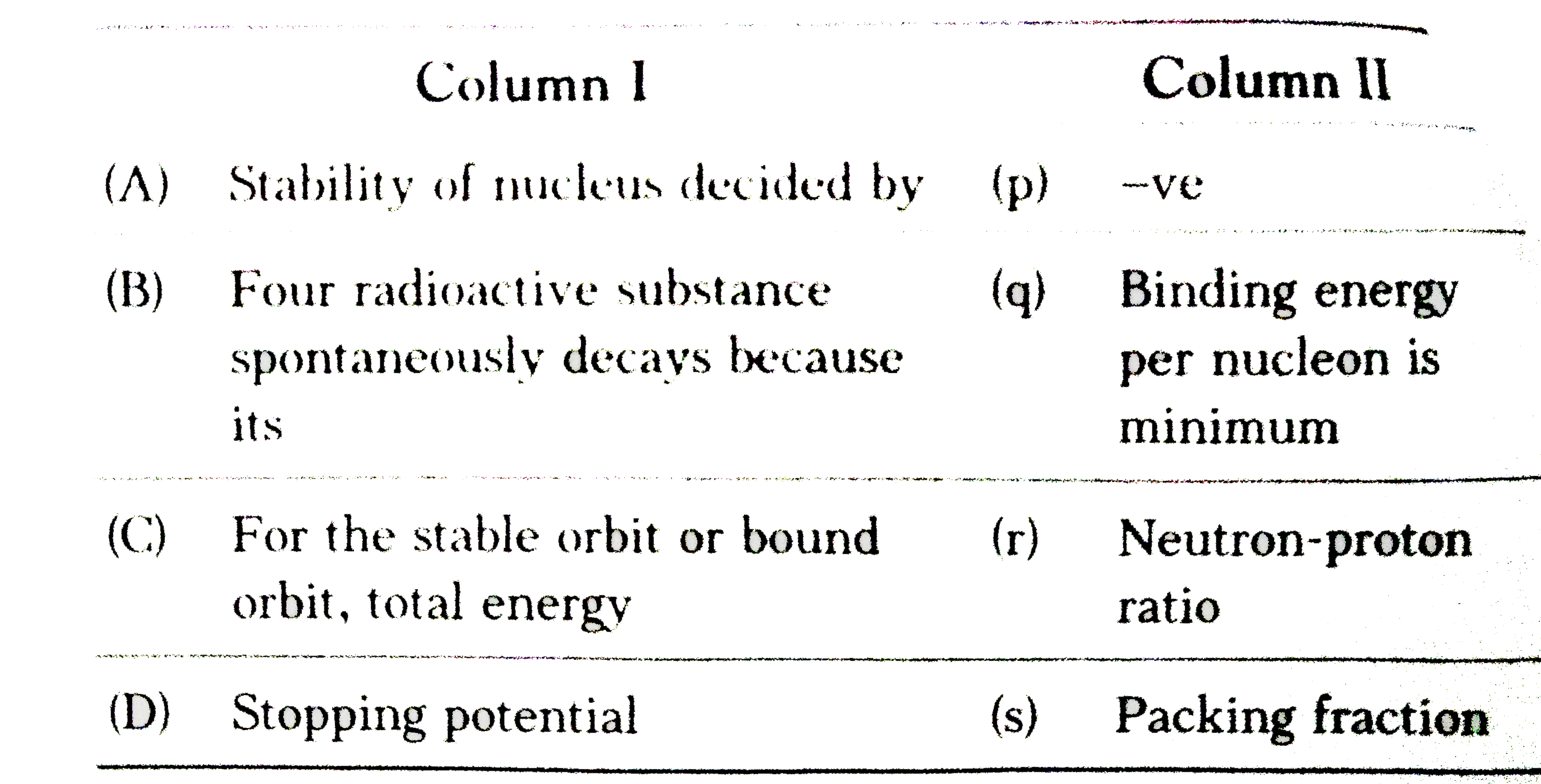
View SolutionMatch the statements given in Column I with the oxidation states given in Column II.

View Solution
